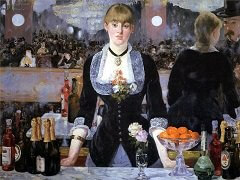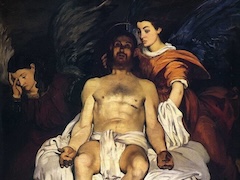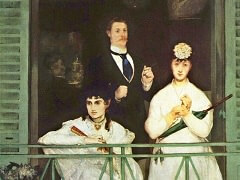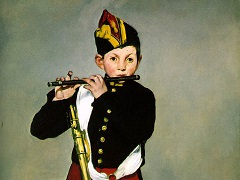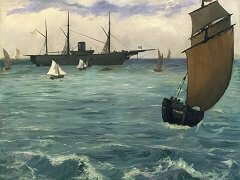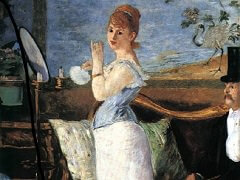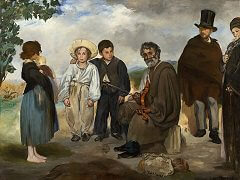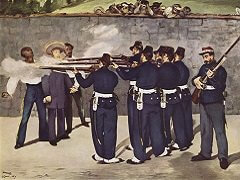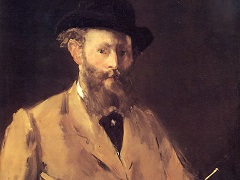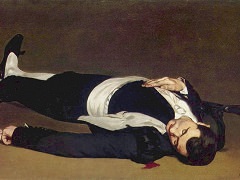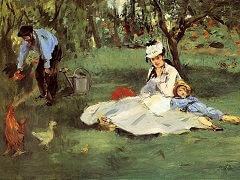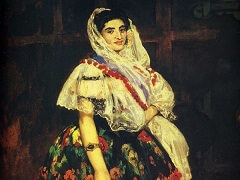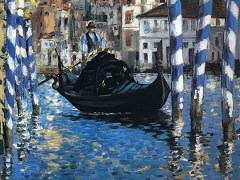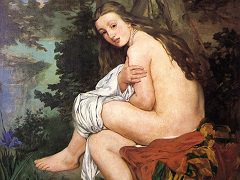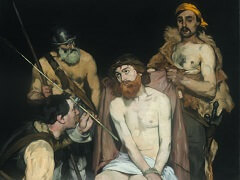The Races at Longchamp, 1866 by Édouard Manet
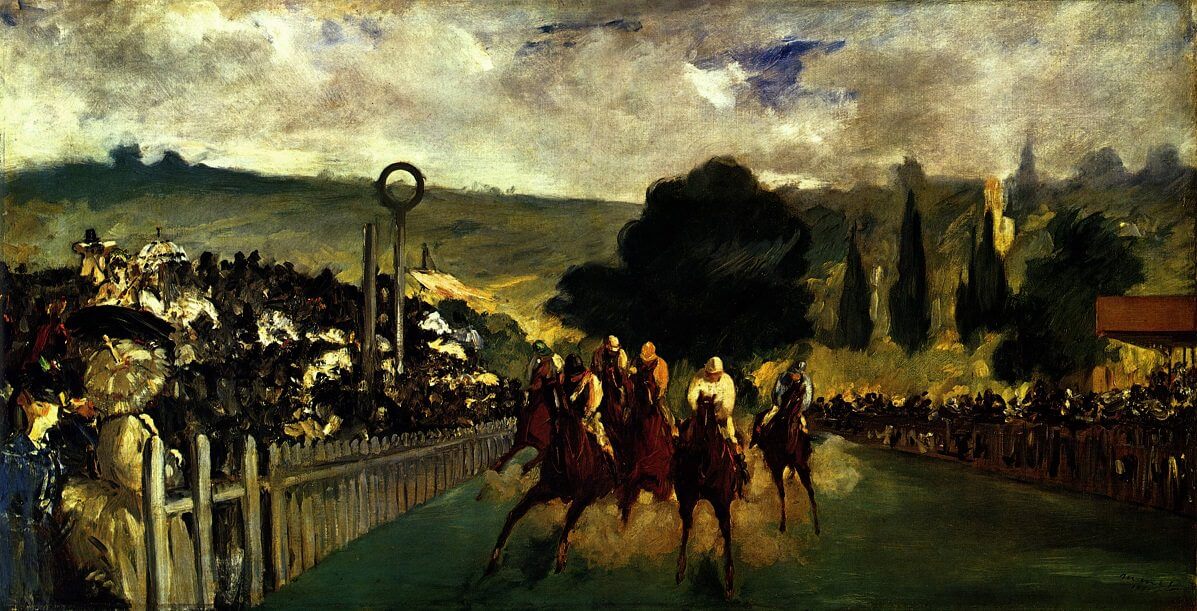
The 1860's saw a sudden increase in the number of ambitious paintings devoted to the pleasures of Parisian life. Few of them, however, are as savory as those by Édouard Manet, who introduced into the contemporary Realist project a deadpan irony, offhand elegance, and historical self-consciousness that utterly transformed it. Combining cryptic allusions to art of the past with luscious paint handling and bold, sometimes awkward compositions, he reconciled a cosmopolitan sophistication with a new kind of pictorial directness.
Horse racing enjoyed a revival during the Second Empire (1852-70), when the Longchamps track was built in the Bois de Boulogne, a park on the outskirts of Paris. In 1863 Manet began to plan a large, horizontal work that would convey the bustle of its crowds and the dynamism of its races. He ultimately abandoned this panoramic composition, but the Art Institute's smaller variant retains the gist of it in more concentrated form.
As a pictorial conception, The Races at Longchamps is startling. We find ourselves on the racecourse with a cluster of onrushing horses and jockeys bearing directly down on us. With a few judicious exceptions - the vertical starting post left of center; the crisp rectangle of the viewing-stand roof at the right - everything is blurred, a device that heightens the sense of explosive movement of the galloping horses.
With a characteristic focus on the pleasures of modern life, Édouard Manet depicted this scene of the racetrack in the Bois de Boulogne, on the western outskirts of Paris. The popularity of Longchamp, where races were run for the first time in 1857, signaled a general revival in French horse racing. This painting records the last moments of a race, as the horses rush past the finish line, indicated by the pole with a circular top. Unlike traditional sporting artists, who always showed races from the side, Manet dared to compose the scene so that the throng of horses and jockeys thunders straight toward the viewer.

